Maximize Freshness: The Ultimate Guide to Using Food Foil Sheets for Meal Prep and Storage Efficiency
In the world of meal prep and food storage, efficiency and freshness are paramount for both home cooks and professional kitchens alike. Recent industry reports indicate that over 70% of consumers prioritize food longevity and quality, with a significant percentage relying on innovative storage solutions to reduce waste. One such solution gaining momentum is the use of foil sheets for food, which not only preserve the integrity of various ingredients but also streamline the cooking and storing process. The versatility of these sheets allows for easy wrapping, baking, and freezing, making them an indispensable tool in the modern culinary arsenal. By understanding how to optimize the use of foil sheets for food, individuals can enhance their meal prep strategies, ensuring that their ingredients stay fresher for longer while also maximizing overall efficiency in the kitchen.
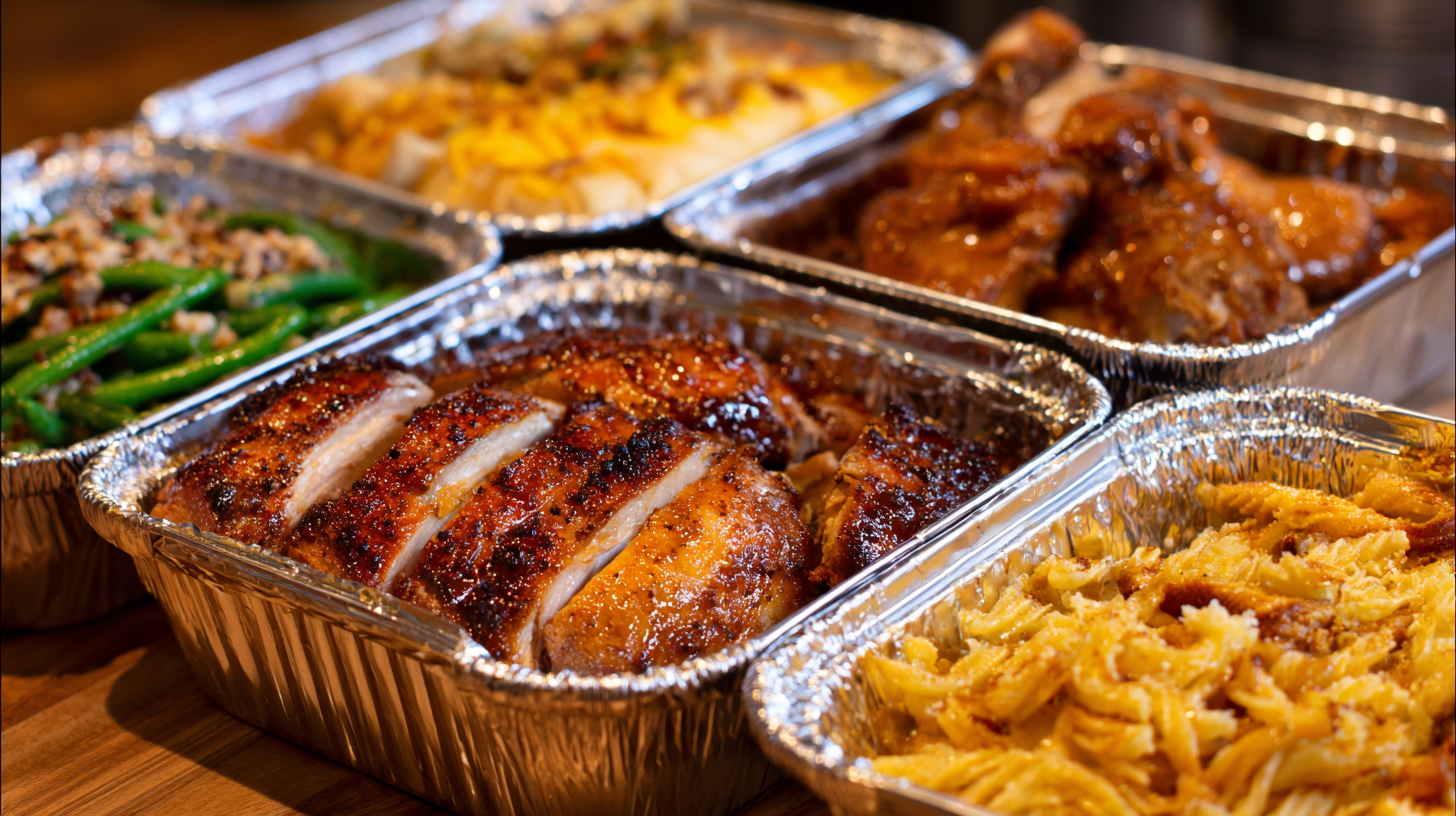
Understanding the Benefits of Food Foil Sheets in Meal Prep and Storage
Food foil sheets are an essential tool in the kitchen, especially when it comes to meal prep and storage. Their versatility makes them ideal for wrapping, covering, and preserving various types of food. One of the primary benefits is their ability to create an airtight seal, which helps to lock in freshness and flavors. By minimizing exposure to air, food foil sheets significantly reduce the chances of spoilage, making them invaluable for both short-term and long-term storage.
Moreover, food foil sheets are heat-resistant and can be used in ovens and grills, allowing for an efficient cooking experience. They can be molded around food items, ensuring even cooking and minimizing mess. Additionally, these sheets are easy to clean up after use, which aids in maintaining an organized cooking space. From preparing meals in advance to storing leftovers, the use of food foil sheets contributes to a streamlined cooking process while preserving the quality of ingredients.
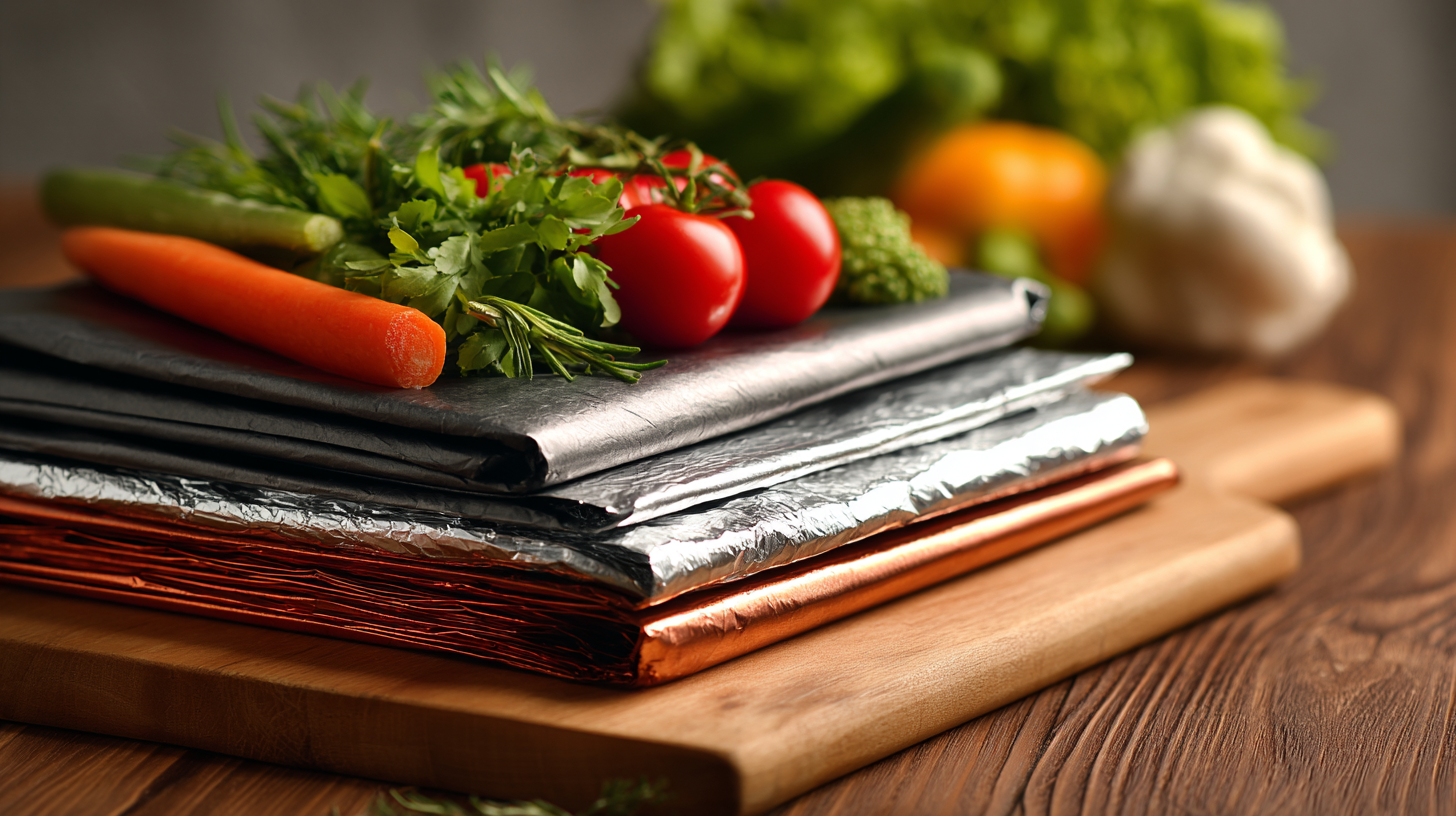
Choosing the Right Type of Food Foil Sheets for Different Foods
When selecting food foil sheets for meal prep and storage, it's essential to consider the type of food you are handling. Heavy-duty aluminum foil is perfect for wrapping meats and vegetables, as its thicker material can withstand high temperatures and retain moisture. This type of foil is also beneficial for grilling and can help keep food tender while cooking. If you're storing leftovers, using heavy-duty foil ensures that your meals stay fresh longer while preventing freezer burn.
For lighter foods, such as baked goods or deli meats, standard aluminum foil is often sufficient. It provides a good barrier against air and moisture but is not durable enough for cooking at high temperatures. For particularly sticky items like cheese or baked cookies, a non-stick foil can make a significant difference by preventing the food from sticking to the surface. Additionally, always choose food-grade foil sheets to ensure safety and quality, as they are specifically designed to handle food items without leaching harmful substances.
Maximize Freshness: The Ultimate Guide to Using Food Foil Sheets for Meal Prep and Storage Efficiency
| Food Type | Recommended Foil Sheet Type | Storage Duration | Tips for Best Results |
|---|---|---|---|
| Vegetables | Heavy-duty foil | Up to 1 week | Wrap tightly to prevent moisture loss. |
| Meat | Non-stick foil | Up to 6 months (freezer) | Double wrap for best preservation. |
| Baked Goods | Standard foil | Up to 3 days at room temperature | Cool completely before wrapping. |
| Sandwiches | Aluminum foil | 1 day | Wrap tightly to maintain shape and freshness. |
| Cheese | Parchment-lined foil | Up to 2 weeks | Avoid airtight wrapping to let cheese breathe. |
Essential Tips for Properly Wrapping and Storing Meals with Foil Sheets
Using food foil sheets effectively can dramatically enhance your meal prep and storage efficiency. To ensure your meals stay fresh, leveraging these essential wrapping techniques is key. According to a report by the Food and Agriculture Organization, proper food storage can reduce spoilage rates by up to 40%, leading to less waste and more savings. By mastering the art of wrapping, you can enjoy fresher meals for longer.
Tip 1: Always preheat your foil sheets before wrapping your food. This small step seems trivial but helps seal in heat and moisture when storing hot meals, ensuring they retain their flavor and texture.
Tip 2: Use multiple layers of foil to provide extra protection against freezer burn. The USDA reports that food can suffer quality loss in the freezer within three months if not properly stored. Double-wrapping can extend the life of your frozen items significantly.
Tip 3: Label your wrapped meals with dates. A study from the University of California found that nearly 30% of food waste is due to forgetfulness about expiration. By marking your meals, you’ll better manage your food inventory and prevent unnecessary waste.
Meal Prep Efficiency: Food Foil Usage by Category
Creative Ways to Utilize Food Foil Sheets Beyond Just Wrapping
Food foil sheets are not just for wrapping your leftovers; they are versatile tools that can elevate your meal prep and storage game. One creative use is as a makeshift pan liner. Simply line your baking trays with food foil sheets to make cleanup a breeze. They help prevent sticking and can be easily discarded afterward, saving you time and effort.
**Tip:** When using foil sheets as liners, ensure you apply a light layer of cooking spray to prevent food from sticking even more effectively.
Another innovative way to utilize food foil sheets is to create custom storage pouches for delicate foods like fish or vegetables. These pouches keep moisture in while allowing you to season them to perfection. Just fold the foil into a pouch, tuck in your ingredients, and bake or grill for a delicious, flavorful meal without the fuss.
**Tip:** To seal your foil pouches tightly, fold the edges over multiple times and pinch them closed. This method retains heat and flavors while cooking, ensuring your meals stay juicy and tender.
How to Properly Recycle and Dispose of Food Foil Sheets After Use
When it comes to meal prep and storage, food foil sheets are a versatile tool that ensures your ingredients stay fresh. However, the environmental impact of using such materials cannot be overlooked. According to a report by the Aluminum Association, around 75% of all aluminum ever produced is still in use today, primarily due to its recyclability. This statistic emphasizes the importance of proper disposal and recycling practices for food foil sheets after use.
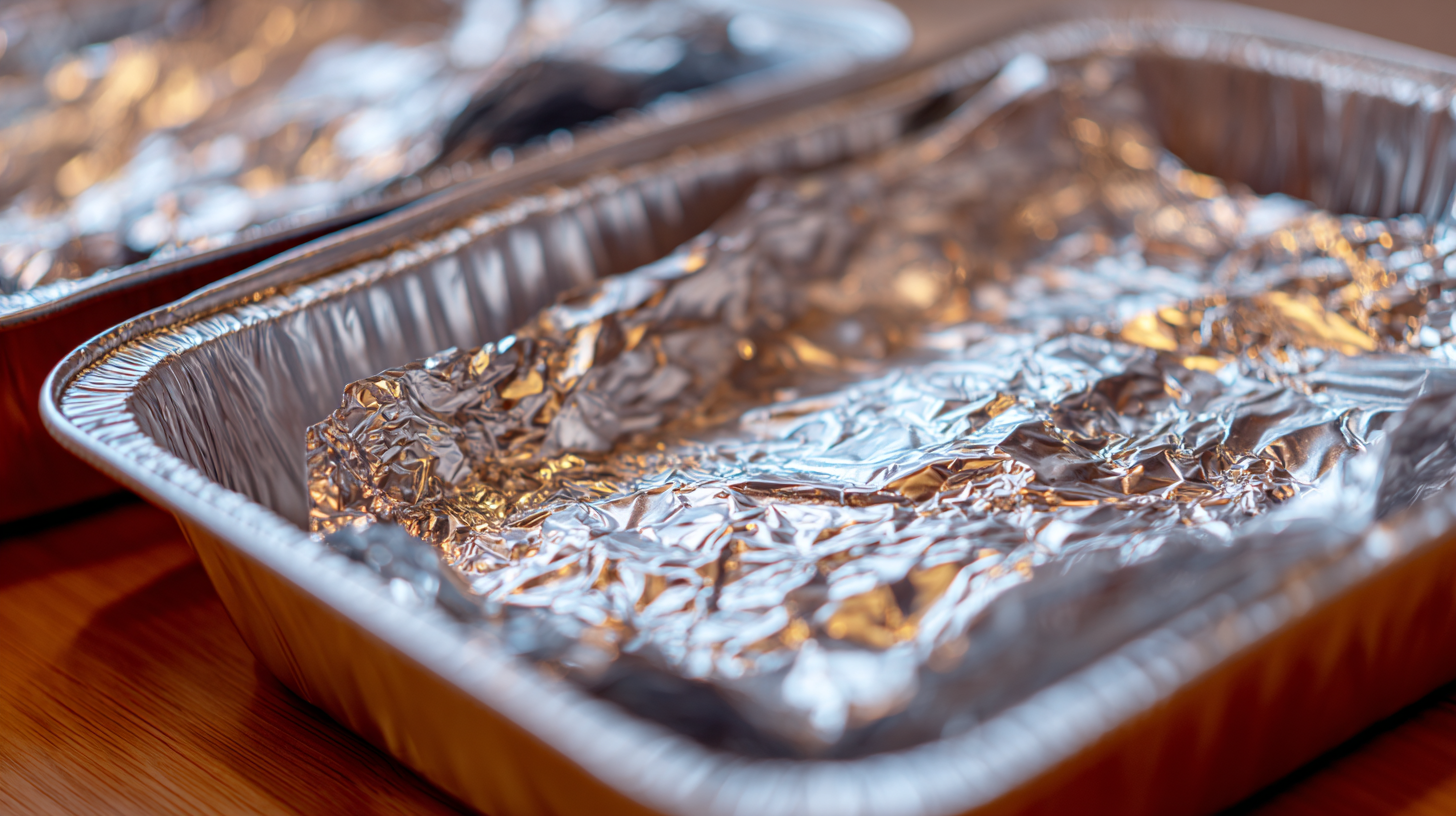
To recycle food foil sheets effectively, it’s essential to first ensure they are clean and free from food residues. Contaminated foil can disrupt recycling processes and lead to larger amounts of waste ending up in landfills. The Recycling Partnership indicates that nearly 61% of Americans do not recycle properly, contributing to a significant volume of recyclable materials being thrown away. Therefore, rinsing and drying your foil sheets before recycling them not only aids in the recycling process but also promotes a more sustainable approach to meal prep. By adhering to these best practices, we can collectively contribute to a healthier planet while maximizing the efficiency of our food storage solutions.
Related Posts
-
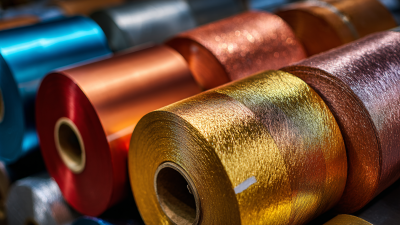
Unlocking Opportunities: Aluminum Wrap Market Insights at the 138th China Import and Export Fair 2025
-

Ultimate Guide to Creative Uses of Tin Foil in Everyday Life
-
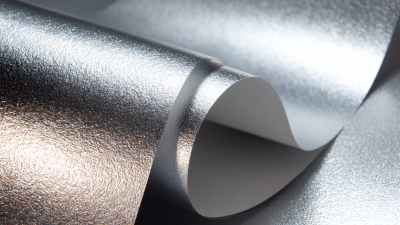
Why Silver Foil Paper Is the Secret Ingredient for Stunning Packaging
-
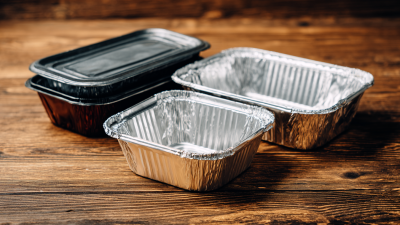
How to Choose the Right Foil Container for Your Food Packaging Needs
-
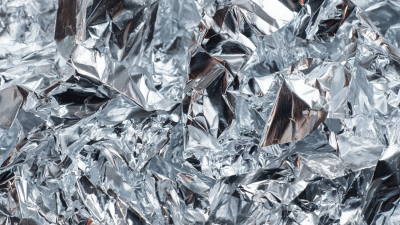
Unlocking the Benefits of Aluminum Foil: Your Guide to Choosing the Right Supplier
-
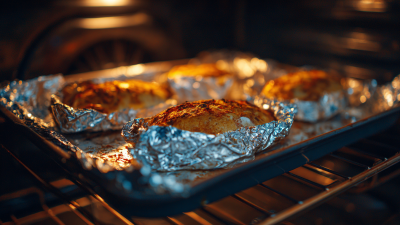
5 Tips for Maxing Out the Benefits of Alu Foil in Your Kitchen
